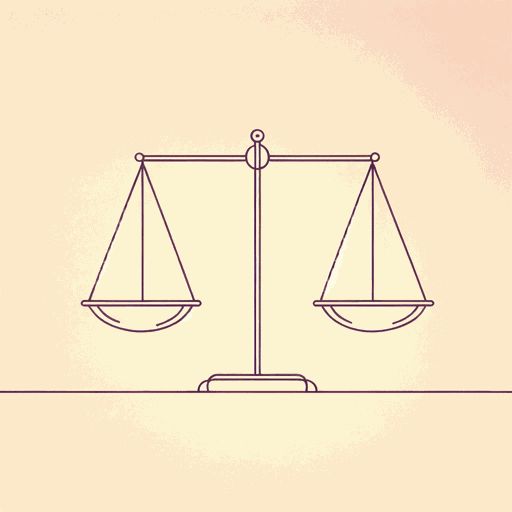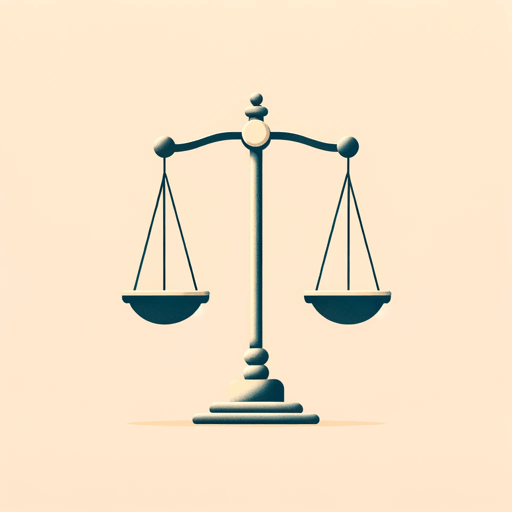74 pages • 2 hours read
John RawlsA Theory of Justice
Nonfiction | Reference/Text Book | Adult | Published in 1971A modern alternative to SparkNotes and CliffsNotes, SuperSummary offers high-quality Study Guides with detailed chapter summaries and analysis of major themes, characters, and more.
Symbols & Motifs
The Four-Stage Sequence
The four-stage sequence provides a framework to apply the two principles of justice. The four-stage sequence includes (1) the original agreement, (2) the constitutional convention, (3) the legislative stage, and (4) the stage of judges and administrators applying the rules to specific situations. After adopting the principles of justice in the original position, the parties progress to a constitutional convention, where they choose an effective and just constitution that satisfies the principles of justice. The parties proceed by moving back and forth between the constitutional and legislative stages, in order to form the best constitution. The last stage, that of judges and administrators, is the primary vantage point from which the two principles are viewed, once it is reached.
Utilitarianism
Utilitarianism is used in Rawls’s theory to provide contrast to justice-as-fairness. There are many different versions of utilitarian philosophy. The goal of justice-as-fairness is to distinguish itself from and present an alternative to utilitarian philosophy generally. To simplify his comparisons, Rawls’s makes all comparisons to the classical utilitarian doctrine, which states “that society is rightly ordered, and therefore just, when its major institutions are arranged so as to achieve the greatest net balance of satisfaction summed over all the individuals belonging to it” (20).
Related Titles
By John Rawls



